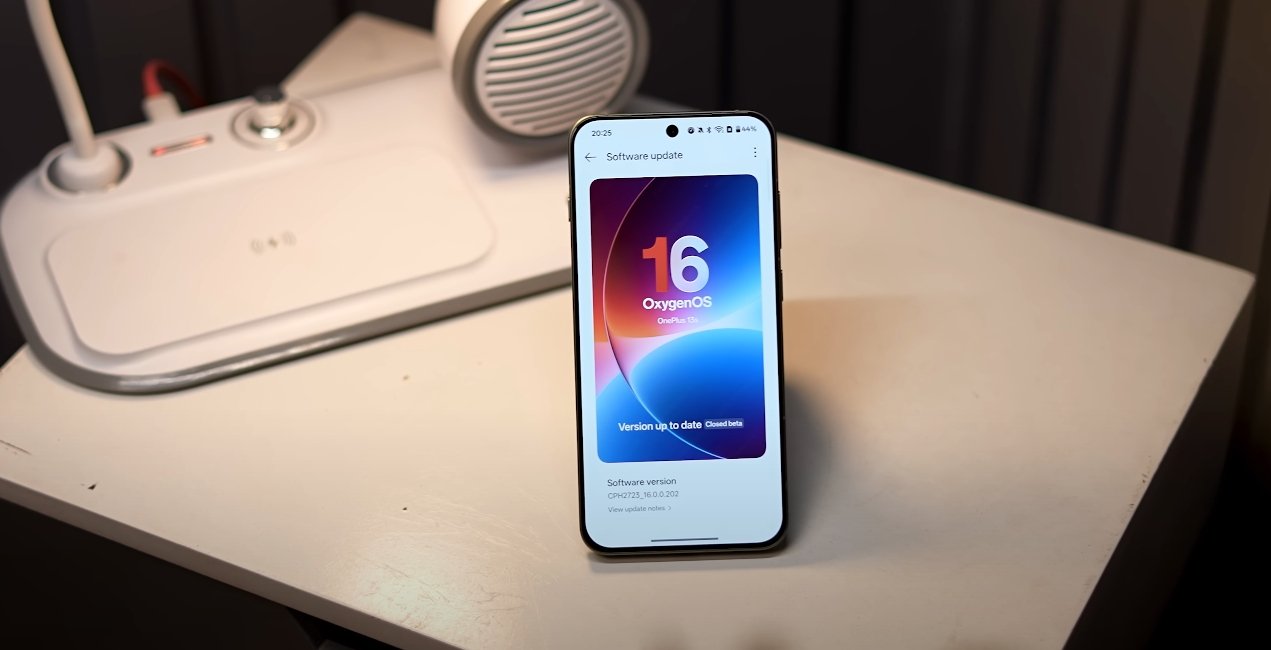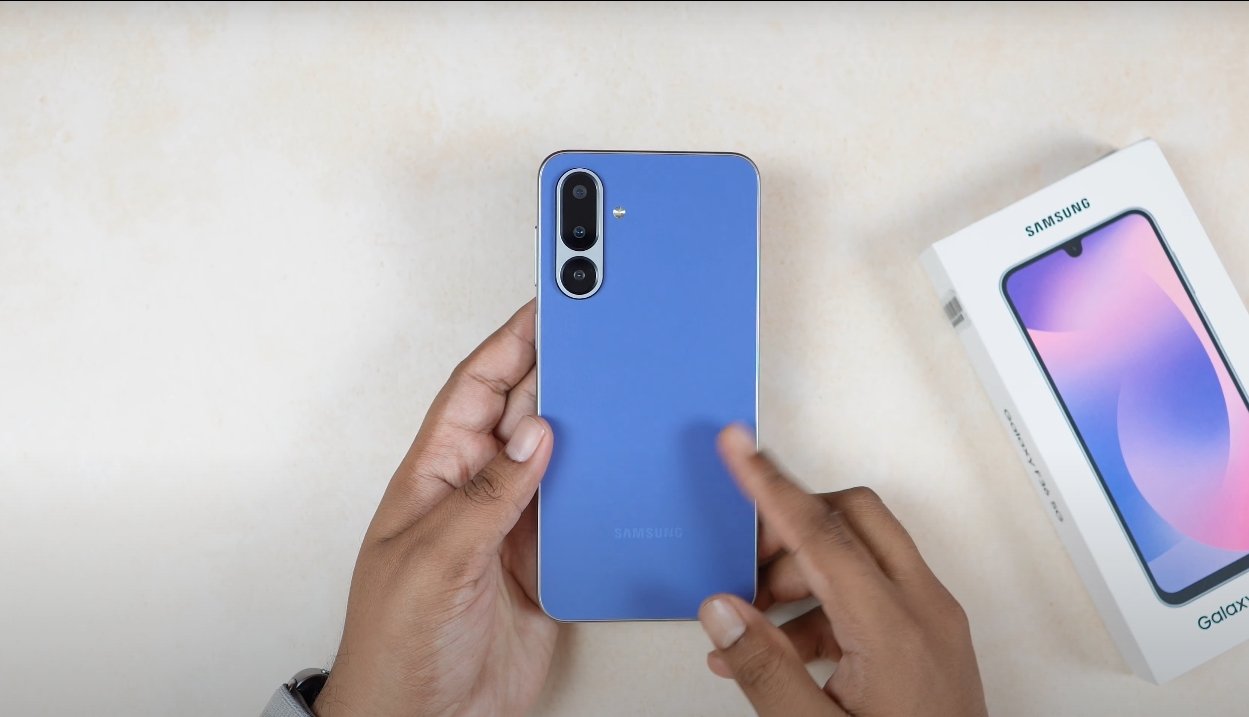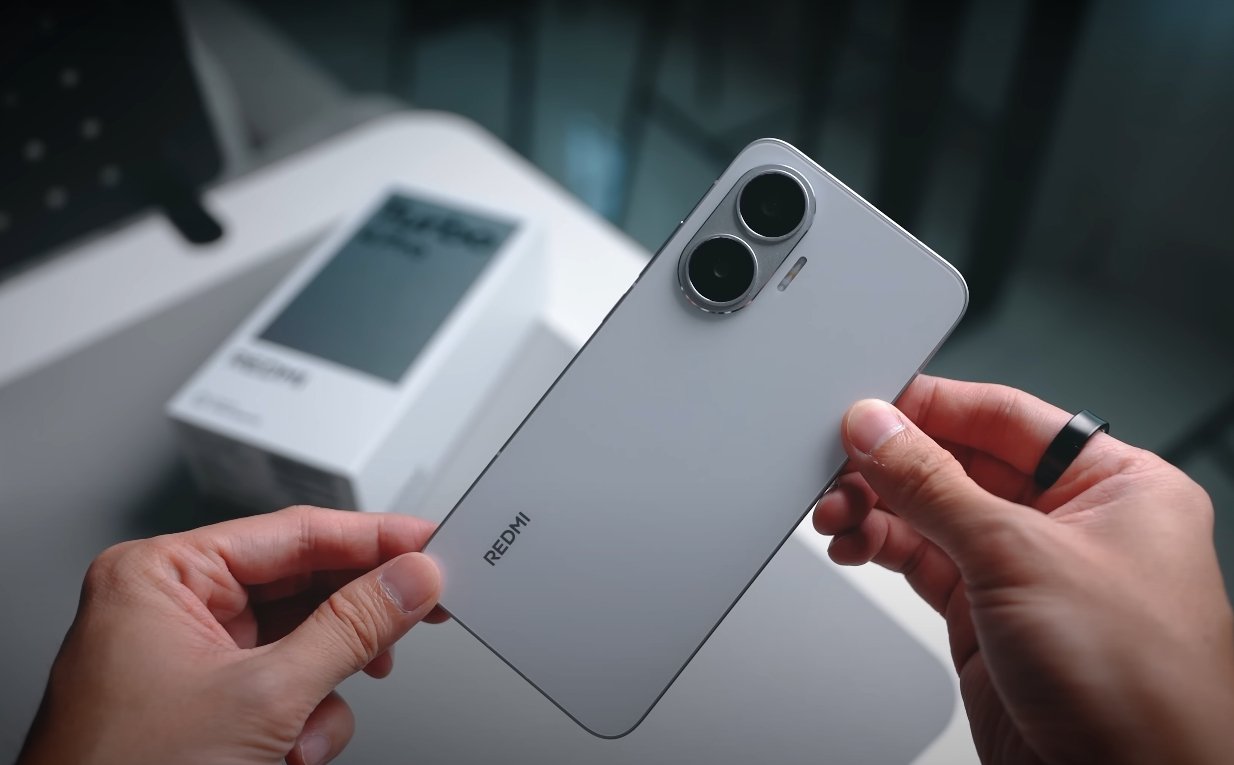Comparing Smoothness: OxygenOS 16 and Nothing OS 3
When it comes to the smoothness of user experience, both OxygenOS 16 and Nothing OS 3 offer unique advantages, catering to different types of users. OxygenOS 16 focuses on performance, AI integration, and multitasking, while Nothing OS 3 emphasizes minimalism, simplicity, and consistent responsiveness. Comparing the two provides insight into which operating system feels smoother in daily usage.
OxygenOS 16 has introduced Parallel Processing 2.0, which enhances animation and multitasking performance. This feature allows certain animations and background processes to run simultaneously, reducing delays when switching between apps. As a result, users experience smoother transitions across the interface, whether opening apps, scrolling through content, or navigating system menus. The improvement is particularly noticeable during heavy multitasking, where multiple applications can run without noticeable stutter or slowdown.
The update also includes Flow Motion, which improves animation fluidity throughout the system. Swipes, app launches, and transitions now feel more natural and continuous, contributing to the perception of speed. Coupled with performance optimizations for CPU and memory usage, OxygenOS 16 ensures that the system remains responsive even during extended usage. This makes it ideal for power users who often switch between apps, play games, and stream media simultaneously.

OnePlus has also integrated AI features that contribute indirectly to smoothness by predicting user needs and preloading content. Features like Mind Space, powered by Google’s Gemini AI, automatically organizes screenshots, notes, and voice memos. The AI can also provide quick suggestions, summaries, and reminders, reducing the steps a user needs to take manually. This proactive assistance makes interactions feel faster and more intuitive, giving a sense of a responsive, “smart” interface.
In contrast, Nothing OS 3 is designed with minimalism and simplicity in mind. The operating system prioritizes a clean, clutter-free interface with fewer visual distractions. By keeping the UI light and focusing on core functionalities, Nothing OS 3 offers a consistently smooth experience. Users benefit from fluid app transitions, rapid touch response, and minimal lag during navigation. The simplicity of Nothing OS 3 reduces the processing overhead, which contributes to its perceived speed and reliability.
While Nothing OS 3 does not have extensive AI features or multitasking enhancements, it excels in consistent responsiveness. Animations and interactions feel effortless because the system does not attempt to perform complex background tasks or load multiple predictive features. This makes it ideal for users who prefer a lightweight and straightforward environment where performance is predictable and steady.
When it comes to multitasking, OxygenOS 16 offers more flexibility. Users can open multiple apps simultaneously in split-screen or floating windows, resize floating windows, and run up to five apps at once on supported devices. These improvements make multitasking not only more functional but also smoother, as system optimizations ensure that switching between apps or resizing windows does not introduce lag. Nothing OS 3, while smooth, does not offer the same level of multitasking customization, focusing instead on simplicity and ease of use.
Visual experience also affects perceived smoothness. OxygenOS 16 incorporates subtle visual effects, semi-transparent panels, and fluid transitions, creating a modern and immersive feel. These effects are optimized to maintain performance without causing stutter. Nothing OS 3, by contrast, uses a minimalist approach with clean layouts and straightforward animations. While it lacks advanced visual flourishes, this simplicity contributes to the perception of smoothness because there are fewer processes competing for system resources.
Battery and performance management are critical factors in sustained smoothness. OxygenOS 16 includes intelligent resource allocation, ensuring that heavy usage, like gaming or media streaming, does not slow down the system. Background apps are managed efficiently, maintaining smooth operation even after hours of use. Nothing OS 3, due to its lightweight design, naturally consumes fewer resources and maintains consistent responsiveness throughout prolonged sessions, making it reliable for everyday use.
In conclusion, the choice between OxygenOS 16 and Nothing OS 3 depends on user priorities. OxygenOS 16 feels smoother for users who want a feature-rich environment with advanced AI, multitasking capabilities, and visually immersive interactions. It is particularly suitable for power users who demand high performance across multiple simultaneous tasks. On the other hand, Nothing OS 3 delivers smoothness through simplicity, offering a lightweight, clutter-free experience that is reliable and consistently responsive, ideal for users who prefer a minimalistic interface. Both operating systems provide excellent fluidity, but the perception of smoothness varies based on usage patterns, device type, and personal preference.
Overall, OxygenOS 16 and Nothing OS 3 each represent a different philosophy of smoothness: one through advanced features and intelligent optimizations, the other through simplicity and efficient design. Users seeking a balance between performance, multitasking, and modern UI may favor OxygenOS 16, while those prioritizing straightforward, uninterrupted responsiveness may find Nothing OS 3 to be the smoother choice.
Also Read: Oppo Find X8 Ultra vs OnePlus 12 design comparison





